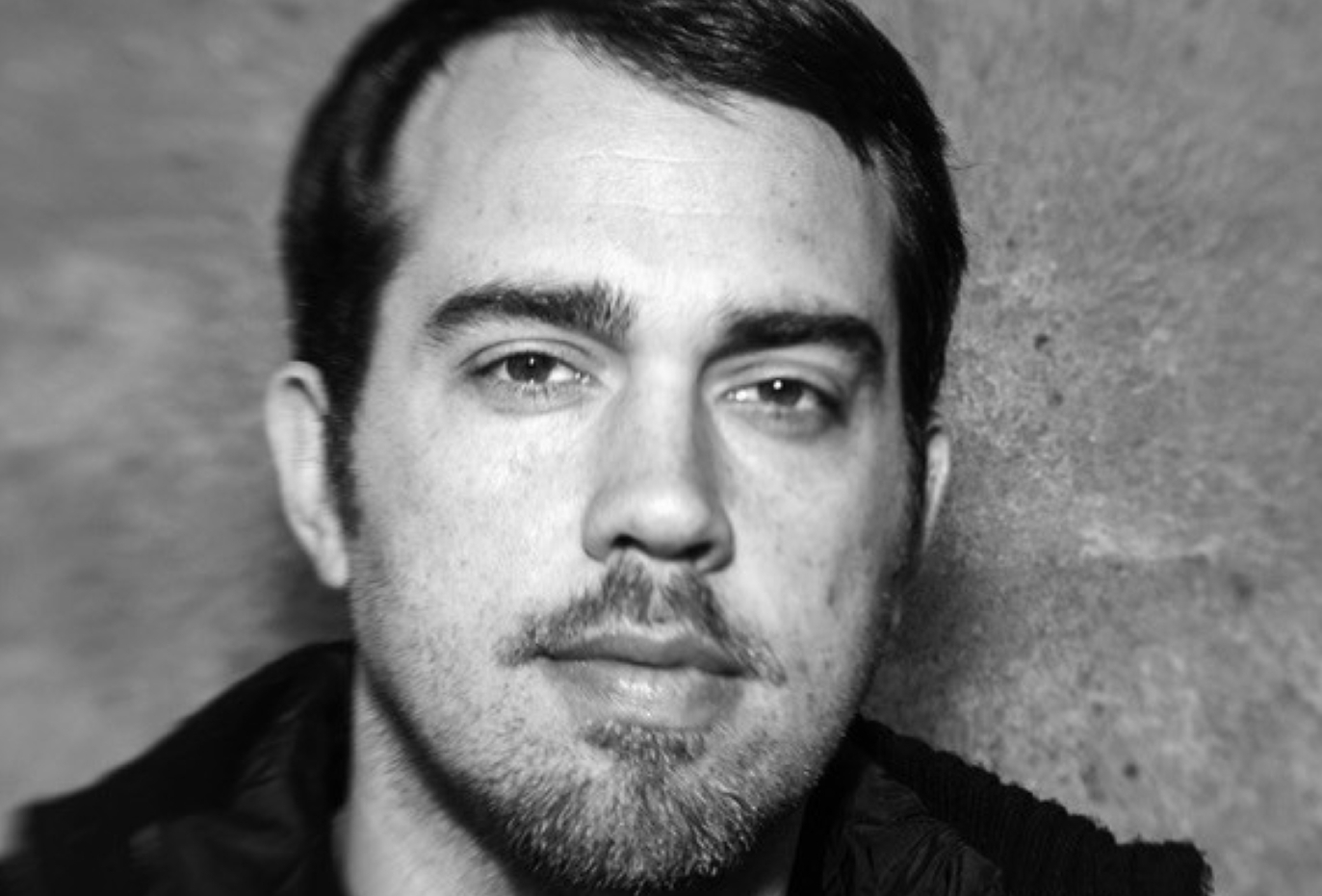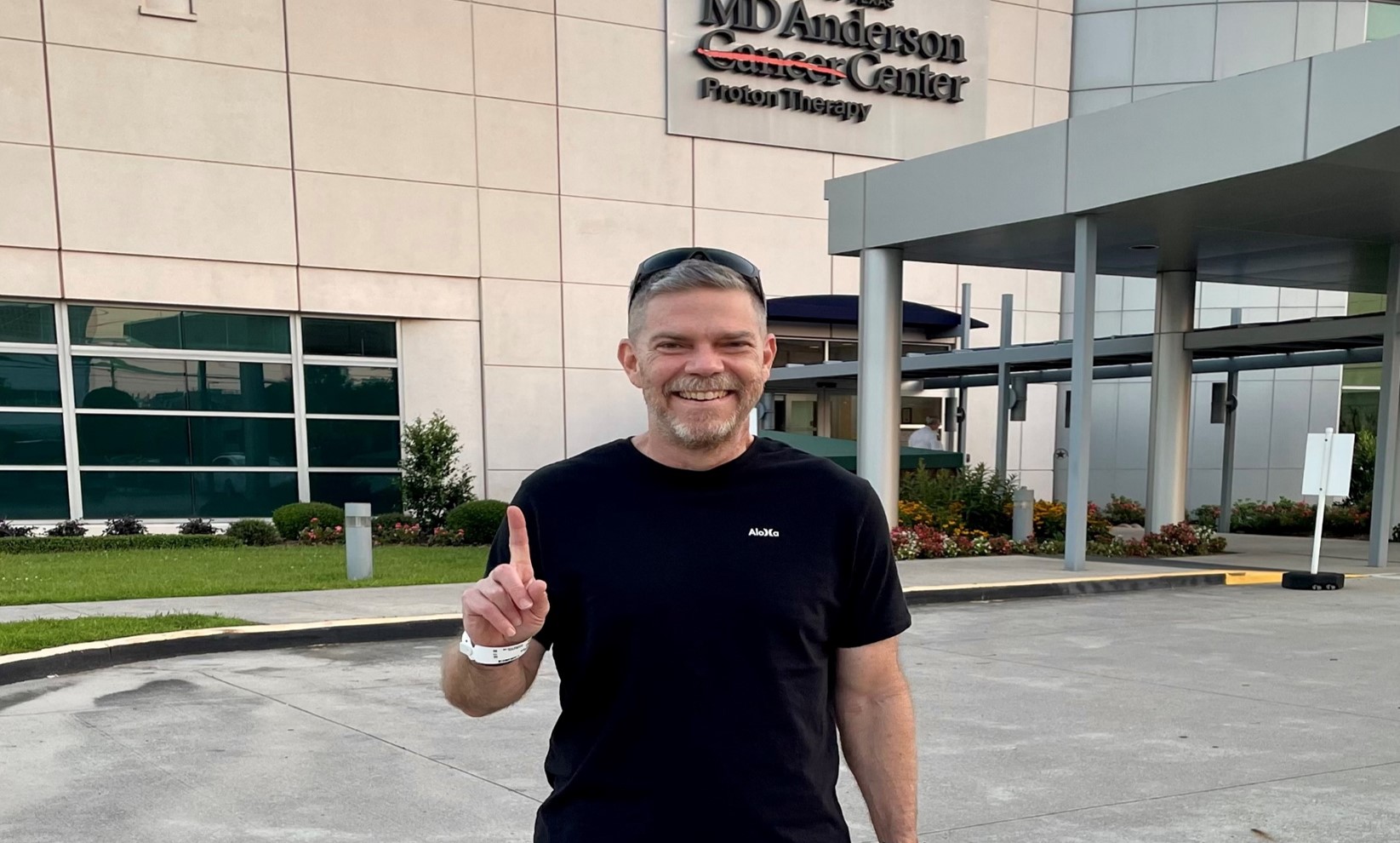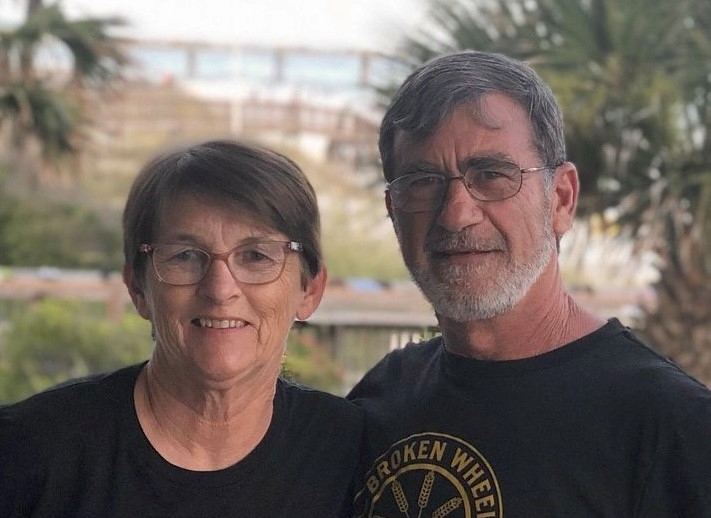- Diseases
- Acoustic Neuroma (14)
- Adrenal Gland Tumor (24)
- Anal Cancer (68)
- Anemia (2)
- Appendix Cancer (16)
- Bile Duct Cancer (26)
- Bladder Cancer (72)
- Brain Metastases (28)
- Brain Tumor (232)
- Breast Cancer (714)
- Breast Implant-Associated Anaplastic Large Cell Lymphoma (2)
- Cancer of Unknown Primary (4)
- Carcinoid Tumor (8)
- Cervical Cancer (158)
- Colon Cancer (166)
- Colorectal Cancer (118)
- Endocrine Tumor (4)
- Esophageal Cancer (44)
- Eye Cancer (36)
- Fallopian Tube Cancer (8)
- Germ Cell Tumor (4)
- Gestational Trophoblastic Disease (2)
- Head and Neck Cancer (12)
- Kidney Cancer (128)
- Leukemia (342)
- Liver Cancer (50)
- Lung Cancer (286)
- Lymphoma (278)
- Mesothelioma (14)
- Metastasis (30)
- Multiple Myeloma (100)
- Myelodysplastic Syndrome (60)
- Myeloproliferative Neoplasm (6)
- Neuroendocrine Tumors (16)
- Oral Cancer (100)
- Ovarian Cancer (172)
- Pancreatic Cancer (160)
- Parathyroid Disease (2)
- Penile Cancer (14)
- Pituitary Tumor (6)
- Prostate Cancer (146)
- Rectal Cancer (58)
- Renal Medullary Carcinoma (6)
- Salivary Gland Cancer (14)
- Sarcoma (238)
- Skin Cancer (296)
- Skull Base Tumors (56)
- Spinal Tumor (12)
- Stomach Cancer (64)
- Testicular Cancer (28)
- Throat Cancer (92)
- Thymoma (6)
- Thyroid Cancer (98)
- Tonsil Cancer (30)
- Uterine Cancer (80)
- Vaginal Cancer (16)
- Vulvar Cancer (20)
- Cancer Topic
- Adolescent and Young Adult Cancer Issues (20)
- Advance Care Planning (10)
- Biostatistics (2)
- Blood Donation (18)
- Bone Health (8)
- COVID-19 (362)
- Cancer Recurrence (120)
- Childhood Cancer Issues (120)
- Clinical Trials (632)
- Complementary Integrative Medicine (22)
- Cytogenetics (2)
- DNA Methylation (4)
- Diagnosis (232)
- Epigenetics (6)
- Fertility (62)
- Follow-up Guidelines (2)
- Health Disparities (14)
- Hereditary Cancer Syndromes (126)
- Immunology (18)
- Li-Fraumeni Syndrome (8)
- Mental Health (116)
- Molecular Diagnostics (8)
- Pain Management (62)
- Palliative Care (8)
- Pathology (10)
- Physical Therapy (18)
- Pregnancy (18)
- Prevention (918)
- Research (392)
- Second Opinion (74)
- Sexuality (16)
- Side Effects (604)
- Sleep Disorders (10)
- Stem Cell Transplantation Cellular Therapy (216)
- Support (402)
- Survivorship (322)
- Symptoms (182)
- Treatment (1786)
Skin cancer survivor finds courage, support in other patients
3 minute read | Published July 27, 2018
Medically Reviewed | Last reviewed by an MD Anderson Cancer Center medical professional on July 27, 2018
During one of my first visits to MD Anderson, I went to The Learning Center and read about the type of skin cancer that’d been discovered above my right eyebrow. Known as squamous cell carcinoma, it’s aggressive and dangerous, but I hadn’t fully realized this until that moment inside MD Anderson’s patient education library.
As fear started to set in, I quit reading and headed to the Aquarium, the lobby at the entrance to MD Anderson’s Clark Clinic. I solemnly sat on a chair, waiting for my next appointment. Then out of nowhere, a little girl approached me. She had no eyebrows, no hair, no eyelashes and a chemo port above her chest. As she twirled the hospital bands around her wrist, she smiled at me, then she grabbed my arm, looked at my arm band and smiled again. She held her arms out, and as I bent forward to hug her, she wrapped her arms around my neck. Finally, she said, “Everything is going to be OK.”
I couldn’t believe it. This girl had obviously been through so much, yet somehow, she still maintained a hopeful attitude. She not only lifted my spirits but set the example for how I face cancer treatment.
My skin cancer treatment
That week, Dr. Ehab Hanna told me that I needed Mohs surgery -- a highly specialized type of skin cancer surgery -- and proton therapy. But the news came with a devastating caveat: to successfully undergo proton therapy, I’d need to have all of my teeth pulled. Most of my teeth had silver fillings, which could impact the accuracy of my treatment, and I had started to develop gingivitis, which can rapidly progress with radiation exposure. I couldn’t believe that I’d have to lose all my teeth at age 67, especially after I’d invested so much time and money in caring for them. But I had to look at the bigger picture: it’s a small price to pay for survival.
In April 2017, I underwent Mohs surgery, with Dr. Michael Migden spending eight hours excising small pieces of my skin until he could no longer find cancerous cells. By the end, he’d trimmed about 4 inches of skin.
A few weeks later, Dr. Theresa Hofstede extracted all my teeth and pulled my gums back to eliminate my gingivitis. Finally, at the end of May, I started two months of proton therapy under the care of Dr. Brandon Gunn.
Paying it forward during proton therapy
During proton therapy, I tried to do for other children what that little girl had done for me. I befriended a young patient who was starting treatment and bonded with him over the “monster in our heads.” I told him that the fine people at MD Anderson would help us get rid of that monster and we’d soon be back to our normal lives. After that, he always sat beside me as we waited for our treatments. I became his source of hope, and he became the positive side of my cancer treatment.
I finished proton therapy in July 2017. I’ve shown no evidence of disease since then.
Today, the blistered skin from proton therapy has healed beautifully, and the Mohs surgery scar on my face is barely visible. But learning to live with dentures remains a struggle.
Adjusting to my new teeth
My new teeth feel strange. I have to make sure I apply enough denture adhesive or risk having one side pop out when I bite down with the other. That can be particularly embarrassing when I’m eating in public or on a date. I also have to cut all my food into small pieces. I can’t bite down into hard foods, like apples, and I have to chew a little longer than before.
I’m hoping I can eventually get dental implants, but Dr. Hanna wants me to have three years of clear scans before I make that move. So for now, I’m just going to keep reminding myself that I’m cancer-free and remain thankful for that.
Request an appointment at MD Anderson online or by calling 1-855-799-4335.
Related Cancerwise Stories

I’m just going to keep reminding myself that I’m cancer-free and remain thankful for that.
Bill Kilpatrick
Survivor





